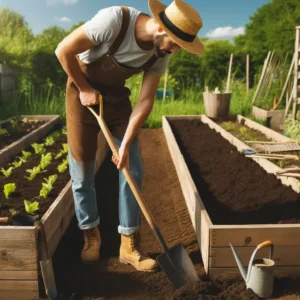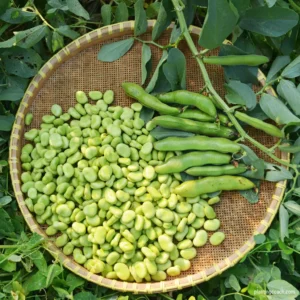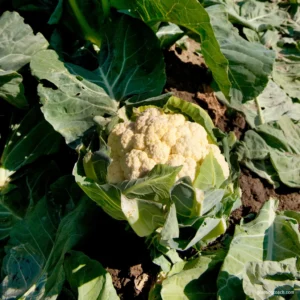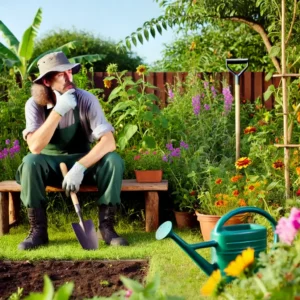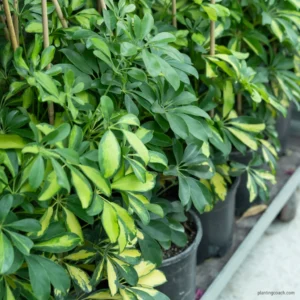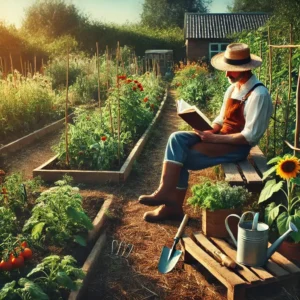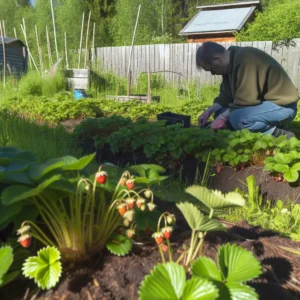For those looking to beautify their outdoor spaces without dedicating countless hours to gardening, selecting the right low-maintenance plants is the key. Not only do these plants require minimal care, but they can also beautify your surroundings throughout the year. Choosing low-maintenance plants is not just about convenience; it’s also about creating a sustainable garden that can flourish with minimal human intervention. In an era where water conservation is crucial, and many people are busy with daily commitments, low-maintenance plants offer a practical solution. These plants are typically more adaptable to climate challenges such as drought and poor soil conditions, making them ideal for a variety of climates and garden settings.
In this comprehensive guide, we will explore 20 Low-Maintenance Plants for Outdoor Landscaping, including drought-resistant varieties, plants requiring minimal trimming, shade-loving species, perennials, evergreens, and ground covers. Each section will provide specific examples of plants, along with tips on how to care for them. By the end of this article, you’ll have a thorough understanding of which low-maintenance plants will best suit your outdoor space, enabling you to enjoy a beautiful garden with minimal effort.
Understanding Low-Maintenance Plants
Low-maintenance plants are ideal for gardeners who seek beauty without the burden. These plants typically require less water, infrequent trimming, and minimal fertilization. Characteristics such as drought resistance and a strong tolerance to various soil conditions make them particularly appealing. Choosing the right low-maintenance plants means you can enjoy a vibrant garden without extra care and effort.

The key to a successful low-maintenance garden is understanding the inherent qualities that make certain plants easier to care for. Many low-maintenance plants are native to regions with harsh climates, where they have adapted to survive with limited resources. These adaptations often include deep root systems that can access water from deeper soil layers, thick leaves that reduce water loss, and a natural resistance to pests and diseases.
When selecting low-maintenance plants, consider your local climate and soil conditions. Native plants are usually the best choice, as they are well-adapted to the local environment and require less care. Additionally, group plants with similar water, light, and soil needs together to make watering and maintenance more efficient. By choosing the right plants and placing them strategically in your garden, you can create a stunning outdoor space that requires minimal intervention, allowing you to enjoy the beauty of nature without the constant work.
20 Low-Maintenance Plants for Outdoor Landscaping
Best Drought-Resistant Plants
Among the easiest of the low-maintenance plants are those that withstand dry conditions. Cacti are a prime example, growing in hot and dry environments with barely any water. Varieties like the Saguaro and Barrel cactus are not only drought-resistant but also add unique shapes and textures to your garden. These plants store water in their thick, fleshy tissues, allowing them to survive long periods without rainfall. Their unique appearance can add a dramatic focal point to your garden, making them both practical and visually appealing.
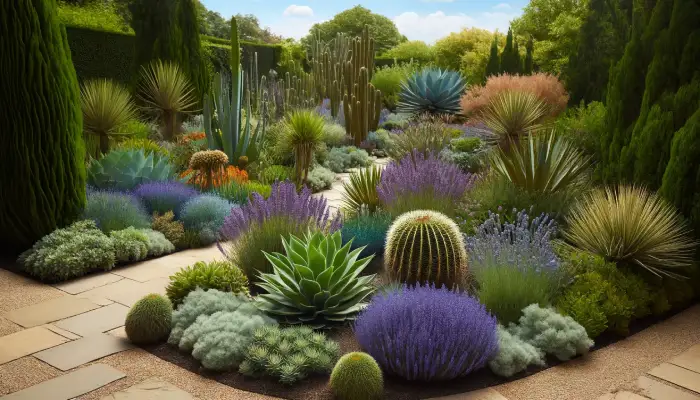
Lavender is another excellent choice, known for its aromatic flowers and adaptability to prolonged dry spells. Planting lavender can bring a splash of color and a soothing fragrance to your space, all while requiring minimal hydration. Lavender flourishes in well-drained soil and full sun, making it perfect for rock gardens or as a border plant. Its fragrant blooms attract pollinators like bees and butterflies, adding another layer of benefit to your garden ecosystem.
In addition to cacti and lavender, other drought-resistant plants to consider include Sedum, Agave, and Yucca. Sedum, or stonecrop, comes in many varieties that can grow in dry, rocky soil. Agave and yucca can serve as stunning focal points in xeriscaped gardens. By incorporating these drought-resistant plants, you can reduce your garden’s water consumption and maintenance needs while still enjoying an attractive and vibrant outdoor space.
Best Plants for Beginners
For those new to gardening, starting with plants that are easy to care for can build confidence and ensure a successful gardening experience. Succulents are an excellent choice for beginners, as they are incredibly hardy and require minimal attention. Plants like Sedum and Sempervivum are not only drought-tolerant but also grow in poor soil conditions. Their fleshy leaves store water, allowing them to survive with infrequent watering. These plants come in a variety of shapes, sizes, and colors, adding visual interest to your garden with minimal effort.
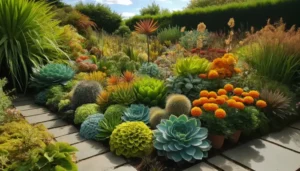
Another beginner-friendly option is Marigold. These bright, cheerful flowers are known for their hardiness and ability to grow in a variety of conditions. Marigolds require little more than regular watering and occasional deadheading to remove spent flowers, encouraging more blooms. They are also known to repel certain pests, making them a practical addition to any garden.
Hostas are perfect for shady areas and are incredibly easy to care for. They come in various sizes and shades of green. Hostas require minimal maintenance beyond occasional watering and dividing every few years to prevent overcrowding.
By starting with these easy-to-grow plants, beginners can enjoy a prosperous garden with minimal effort, setting the stage for future gardening adventures.
Plants That Require Minimal trimming
Some plants naturally maintain a tidy appearance and require minimal trimming, making them perfect for gardeners who prefer a low-maintenance approach. Hostas are a prime example. These shade-loving perennials have broad, abundant leaves that form neat clumps, adding a tropical feel to the garden. Hostas come in various sizes and leaf patterns, making them versatile additions to any garden space. They require little more than occasional watering and mulching to keep the soil moist.

Daylilies are another excellent choice for low-maintenance gardening. These hardy perennials produce vibrant, trumpet-shaped flowers that bloom lavishly in summer. Daylilies are known for their resilience and ability to thrive in a wide range of soil conditions. They require minimal care beyond regular watering during dry spells and removing spent flower stalks to encourage new growth.
Boxwood shrubs are ideal for creating structured garden borders or hedges without the need for frequent trimming. These evergreen shrubs have a naturally compact growth habit, which helps them maintain a neat appearance year-round. Boxwoods are drought-tolerant once established and only require occasional shaping to keep them looking their best.
Incorporating these low-trimming plants into your garden can save you time and effort while still providing a well-maintained and attractive outdoor space.
Ideal Plants for Shady Areas
Creating an attractive garden in shady areas can be challenging, but certain low-maintenance plants grow in low-light conditions. Ferns, such as Boston and Maidenhair ferns, are excellent choices for adding greenery to shaded spaces. These plants have delicate, feathery fronds that create a soft, woodland feel. Ferns prefer consistently moist soil and do well in areas with indirect sunlight or dotted shade.
Hydrangeas are another excellent option for shady gardens. These shrubs produce large, showy flower clusters ranging from white and pink to blue and purple, depending on the soil pH. Hydrangeas grow well in partial to full shade and require regular watering to keep their blooms vibrant. They are relatively low-maintenance, needing only occasional trimming to remove deadwood and shape the plant.
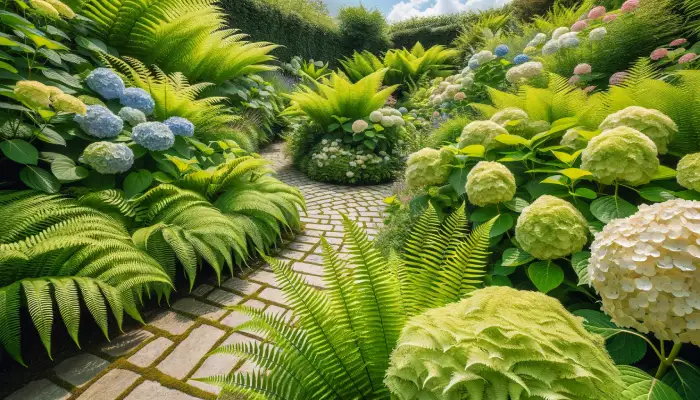
Hostas also excel in shady areas, as mentioned earlier. Their broad, textured leaves come in various shades of green, blue, and even gold, providing a striking contrast to other shade-loving plants. Hostas require little care beyond regular watering and occasional dividing to prevent overcrowding.
Perennials That Flourish Well on Neglect
Perennials are plants that come back year after year, making them a low-maintenance gardener’s best friend. Some perennials are particularly tough and can grow well with minimal care. Coneflowers, or Echinacea, are one such plant. These hardy flowers are known for their daisy-like blooms and ability to attract pollinators like bees and butterflies. Coneflowers are drought-tolerant and grow well in poor soil conditions, making them ideal for gardeners looking for low-effort options.
Russian Sage is another perennial that requires little attention. This plant produces tall, airy spires of lavender-blue flowers throughout the summer and fall. Russian Sage is incredibly drought-tolerant and grows in well-drained soil with full sun exposure. It requires minimal watering once established and only needs to be cut back in early spring to encourage new growth.
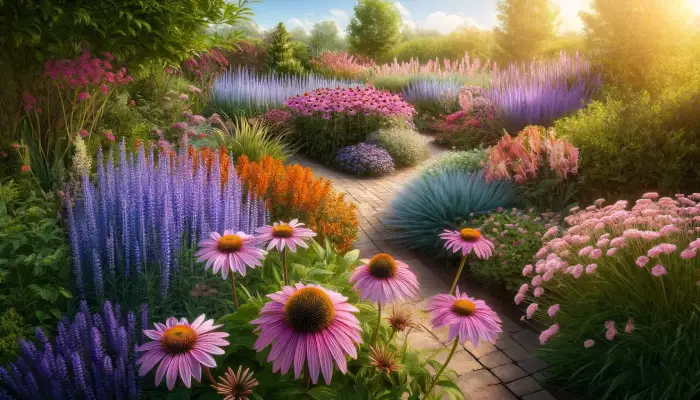
Daylilies, as previously mentioned, are also excellent low-maintenance perennials. These plants produce an abundance of blooms and are extremely resilient. Daylilies can grow in a variety of soil conditions and require minimal care beyond occasional watering and deadheading.
By incorporating these hardy perennials into your garden, you can enjoy a beautiful, low-maintenance landscape that comes back year after year with little effort.
Evergreen Plants for Year-Round Cover
Evergreen plants are an excellent choice for gardeners looking to maintain a consistent, green appearance throughout the year. Boxwood shrubs are perfect for this purpose, as they retain their leaves year-round and have a naturally tidy growth habit. Boxwoods are versatile and can be used as hedges, borders, or focal points in the garden. They are relatively low-maintenance, requiring only occasional trimming to maintain their shape.
Holly is another great evergreen option. Holly plants are known for their glossy, spiky leaves and bright red berries, which add color and interest to the garden during the winter months. Hollies are hardy and can grow well in a variety of soil conditions. They require minimal trimming and are drought-tolerant once established.
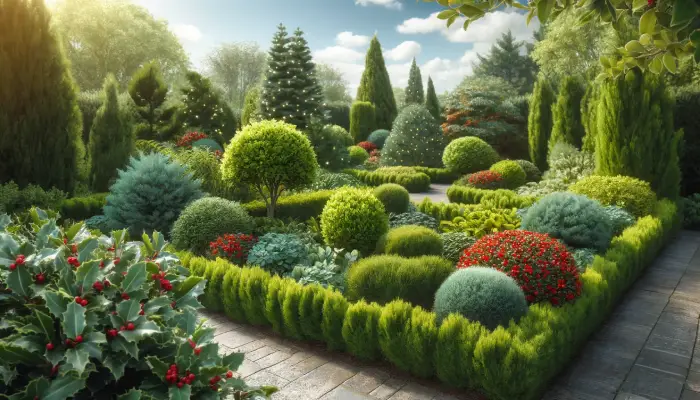
Juniper is a versatile evergreen that comes in many forms, from low-growing ground covers to tall, upright shrubs. Junipers are incredibly drought-tolerant and can bloom in poor soil conditions. They require minimal care beyond occasional watering during dry spells and light trimming to maintain their shape.
Incorporating evergreen plants into your garden ensures that you have a consistent, attractive landscape throughout the year with minimal effort.
Ground Cover Plants for Low-Maintenance Landscaping
Ground cover plants are ideal for reducing the need for weeding and preventing soil erosion, making them a practical choice for low-maintenance gardening. Creeping Jenny is a popular ground cover known for its bright green, trailing leafage. This plant spreads quickly and can fill in bare spots in your garden, creating an attractive, carpet-like appearance. Creeping Jenny is relatively low-maintenance, requiring only occasional watering and trimming to keep it in check.
Ivy is another excellent ground cover option. Varieties like English Ivy and Baltic Ivy are particularly hardy and can grow in both sun and shade. Ivy is known for its ability to quickly cover large areas, providing an attractive, evergreen ground cover. It requires minimal care beyond occasional trimming to prevent it from becoming unwanted.
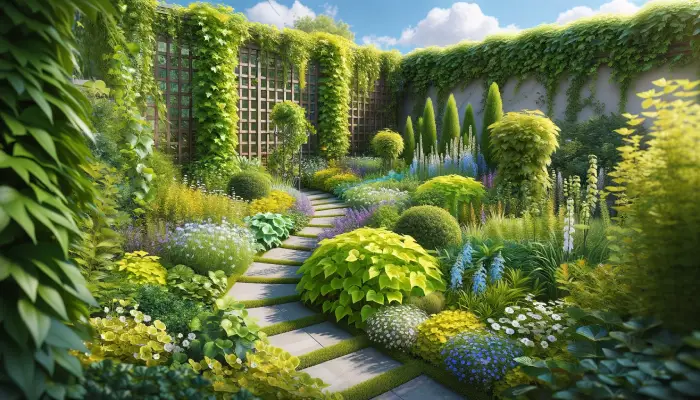
Vinca Minor, or periwinkle, is a low-growing ground cover that produces beautiful blue or purple flowers in the spring. Vinca is incredibly quick to recover and can grow in a variety of soil conditions, including poor and rocky soils. It requires minimal care beyond occasional watering and light trimming to maintain its shape.
By incorporating ground cover plants into your garden, you can reduce the time and effort spent on weeding and soil maintenance, creating a beautiful, low-maintenance landscape.
Summary
Incorporating low-maintenance plants into your garden is a fantastic way to enjoy attractive greenery without committing to high maintenance. Whether you opt for succulents that demand little water, perennials that return each year with minimal effort, or evergreens that provide year-round beauty, there are numerous options to suit any outdoor space. In addition to choosing low-maintenance plants, incorporating good gardening practices such as mulching, proper watering, and occasional fertilization can further reduce the time and effort required to maintain your garden. By taking a thoughtful approach to plant selection and care, you can create a stunning, low-maintenance garden that provides enjoyment and beauty throughout the year.
FAQ
Q1: How often should low-maintenance plants be watered?
Low-maintenance plants typically need less frequent watering than other garden varieties. The exact frequency depends on the specific species and your local climate conditions. In general, drought-resistant plants may only need watering once every few weeks, while other low-maintenance plants may require weekly watering during dry spells. Always check the soil moisture before watering to avoid overwatering.
Q2: Are there any low-maintenance plants that can also attract pollinators?
Yes, plants like Lavender and Coneflowers are low-maintenance and attract bees and butterflies to your garden, promoting biodiversity. These plants provide nectar and pollen, which are essential food sources for pollinators. By choosing low-maintenance, pollinator-friendly plants, you can support local wildlife and contribute to a healthy ecosystem.
Q3: What is the best time of year to plant these types of plants?
Most low-maintenance plants are best planted in the early spring or fall, depending on your climate and the specific plant’s requirements. Spring planting allows plants to establish their root systems before the heat of summer, while fall planting takes advantage of cooler temperatures and increased rainfall. Always check the specific planting recommendations for each plant to ensure the best results.
Q4: How do I choose the best low-maintenance plants for my local climate?
It’s important to consult local gardening centers or resources to choose plants adapted to your area’s weather, soil, and environmental conditions. Native plants are usually the best choice, as they are well-adapted to local conditions and require less care. Consider factors such as temperature extremes, rainfall patterns, and soil type when selecting plants.
Q5: Can low-maintenance plants survive in poor soil conditions?
Many low-maintenance plants, like sedum or creeping Jenny, can grow well in less-than-ideal soil conditions. However, it’s wise to improve poor soil with compost to ensure the best growth. Adding organic matter can help improve soil structure, increase nutrient availability, and improve water retention, making it easier for plants to flourish.

